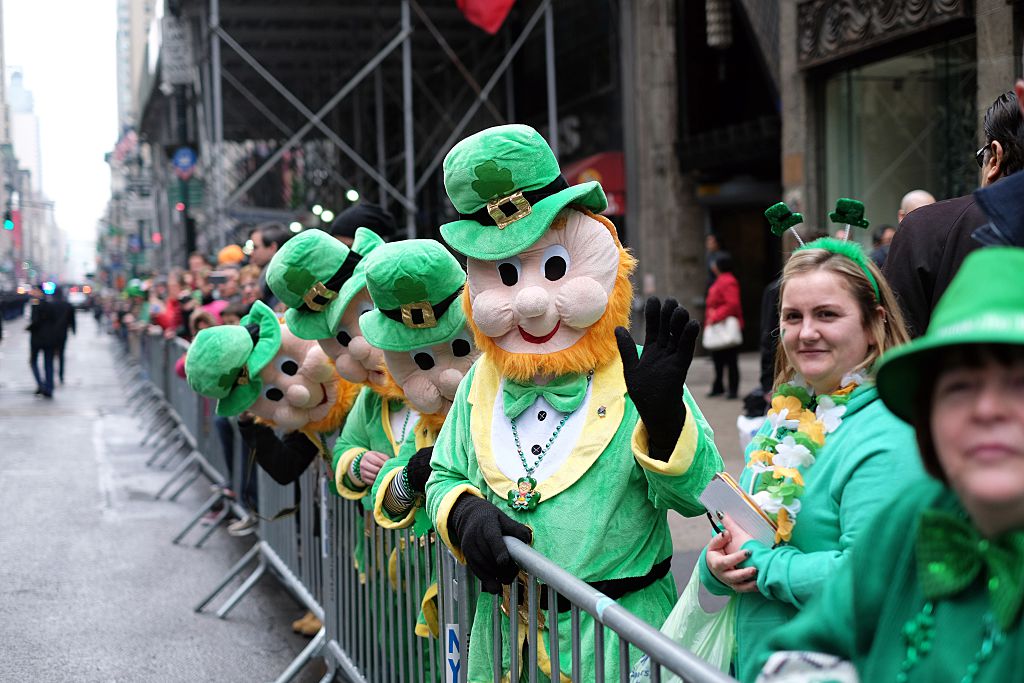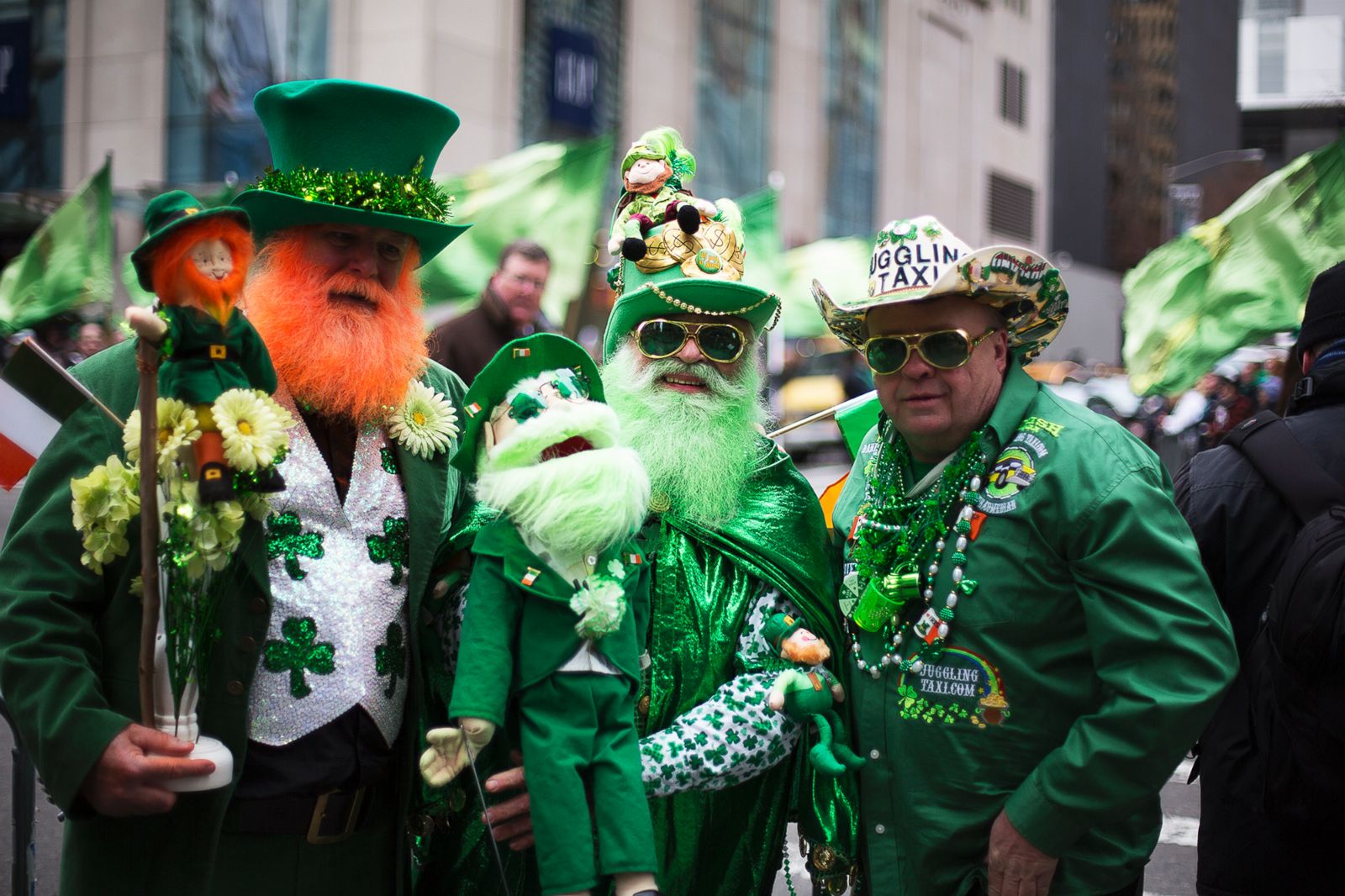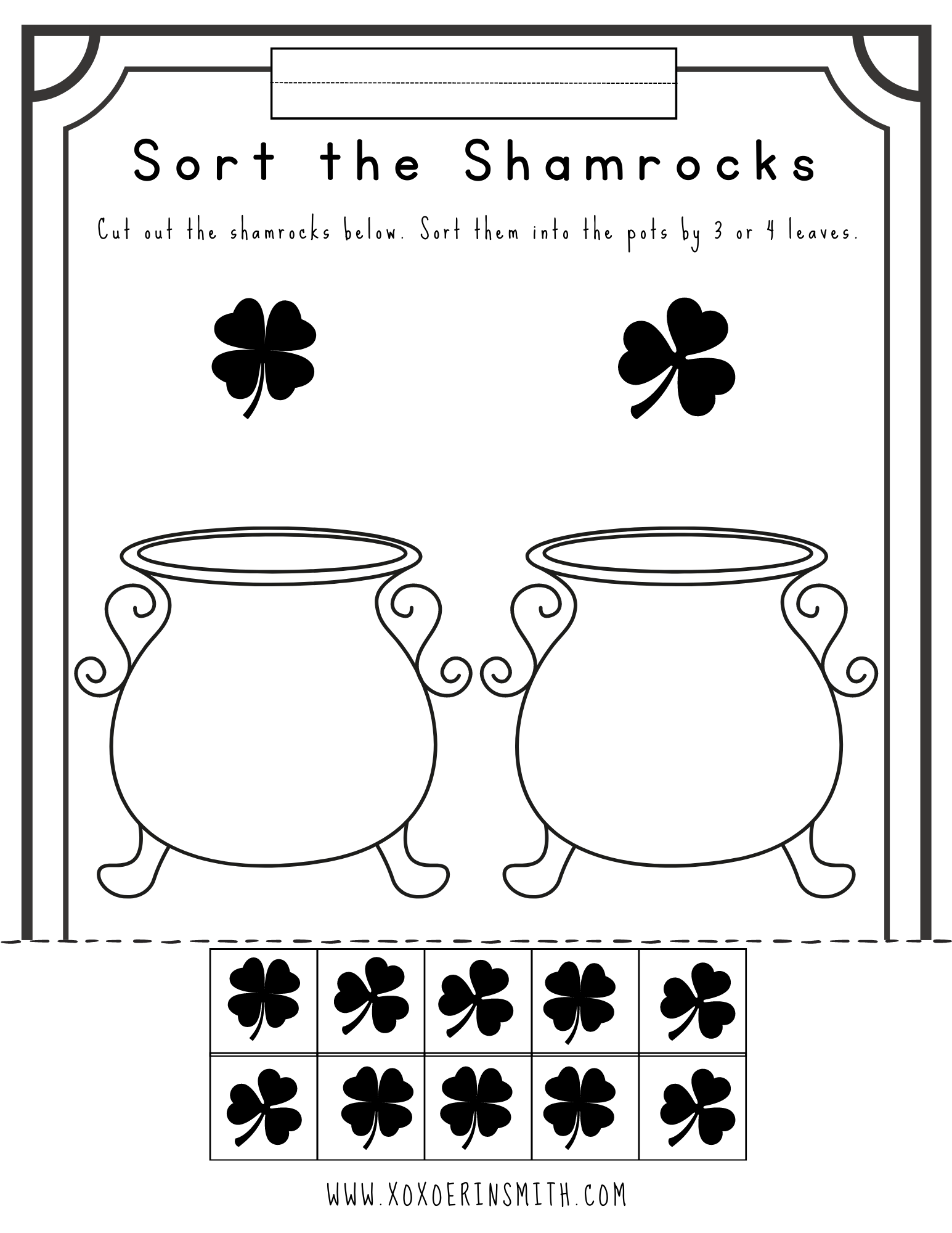Gallery
Photos from events, contest for the best costume, videos from master classes.
 |  |
 |  |
 |  |
 |  |
 |  |
 |  |
Nonetheless, St. Patrick's Day was co-opted by Protestants, who opted to don their representative orange instead of green for the day. The white stripe separating the green and orange ones on the country's flag is indicative of the unity both religions maintain, meaning there's no bad blood no matter what color you don. To understand why some people wear orange, you first have to understand why people wear green. St. Patrick's Day is a Roman Catholic holiday that was first celebrated in Ireland starting in 1631. While Catholics were associated with the color green, Protestants were associated with the color orange due to William of Orange – the Protestant king of England, Scotland and Ireland who in 1690 defeated the deposed Roman Catholic King James II. Why do people wear orange on St Pats day? The color orange represents the sizable Read More »Why Do Scottish Wear Orange On St Patrick Day? While most St. Patrick’s Day enthusiasts bust out their green clothing on March 17, there are some who would rather wear orange. The reason has everything to do with religion. While the vast majority of people wear green on St. Patrick’s Day, some may wear orange to symbolise Protestant heritage or solidarity with Northern Ireland. However, if you’d like to know why some people wear orange on St. Patrick’s Day in Ireland and elsewhere, you’ll find all you need to know below. Wearing orange on St Patrick’s Day The Irish government didn’t recognize St. Patrick’s Day as a public holiday until 1903, and the first parade in Dublin wasn’t held until 1931. Even pubs remained closed on March 17 until 1961. Why Do Some People Wear Orange—Not Green—On St. Patrick’s Day? You might be used to people wearing green on St. Patrick’s Day, but some sport orange instead. Here’s why. St. Patrick’s Day is filled with rich What color are you supposed to wear on Saint Patrick’s Day? Americans often wear green on March 17 in honor of St. Patrick’s Day, but have you ever wondered why? The St. Patrick’s Day tradition started back in the 17th century when people would wear green ribbons and shamrocks on March 17 to honor Ireland’s patron saint. Was the IRA St. Patrick’s Day usually conjures images of partying, Catholicism, Irish nationalism and, perhaps most famously, the color green: green clothes, green shamrocks, green beer and green rivers. While there were some Christians in Ireland at that time, many people practiced a "nature-based pagan religion," somewhat like Roman or Greek mythology.God of Thunder, Goddess of the Forest, etc., etc. Considering he is the patron saint of the country, I think it's safe to say Patrick's mission was a success. The color became a visible marker of political and religious identity, and its association with St. Patrick’s Day celebrations became a nuanced topic reflecting the complexities of Irish history. Contemporary Perspectives: In modern times, the question of why orange is offensive on St. Patrick’s Day continues to evoke varied perspectives Incorporating orange and green into St. Patrick’s Day outfits can be a creative way to celebrate and acknowledge Ireland’s diverse heritage. History of Wearing Orange on St Patrick’s Day. Wearing orange on St. Patrick’s Day has its roots in Irish history, specifically, the events surrounding the Battle of the Boyne in 1690. The color orange represents the sizable Protestant population within Ireland, and the green symbolizes Roman Catholicism, the religion that originally invented the holiday. Nonetheless, St. Patrick’s Day was co-opted by Protestants, who opted to don their representative orange instead of green for the day. Is it OK to wear orange on St Patricks Day? Catholics [] While Catholics were associated with the color green, Protestants were associated with the color orange due to William of Orange – the Protestant king of England, Scotland and Ireland who in 1690 defeated the deposed Roman Catholic King James II. Therefore, on St. Do Scottish celebrate St Patrick Day? St. [] Every year, as March 17th rolls around, we’re smothered beneath an avalanche of green—green beer, green shamrocks, green everything—as if someone accidentally detonated a giant Leprechaun-themed confetti bomb. Amid this nauseating sea of verdant monotony, a dissenting few choose to wear orange, not as an alternative color choice, but as a rebuke to the cloying [] To understand why some people wear orange, you first have to understand why people wear green. St. Patrick's Day is a Roman Catholic holiday that was first celebrated in Ireland starting in 1631. While most St. Patrick’s Day enthusiasts bust out their green clothing on March 17, there are some who would rather wear orange. The reason has everything to do with religion. Why Is It Bad To Wear Orange on St Patrick’s Day? It's considered bad to wear orange on St. Patrick's Day because the color orange is associated with the Protestant community in Ireland, particularly with the Orange Order, which commemorates the victory of Protestant King William of Orange over the Catholic King James II in the Battle of the Boyne in 1690. The Ultimate Guide to St. Patrick’s Day Colors: What Not to Wear. So, you’re prepping for St. Patrick’s Day and want to avoid a fashion faux pas (or worse, a pinch from a mischievous leprechaun!). The answer, according to tradition and a touch of historical context, is: you should probably avoid wearing orange on St. Patrick’s Day Some people now choose to wear both green and orange on St. Patrick’s Day as a symbol of unity and peace between different religious and political factions in Ireland. Despite its controversy, the choice to wear orange on St. Patrick’s Day serves as a reminder of Ireland’s rich yet tumultuous history.
Articles and news, personal stories, interviews with experts.
Photos from events, contest for the best costume, videos from master classes.
 |  |
 |  |
 |  |
 |  |
 |  |
 |  |